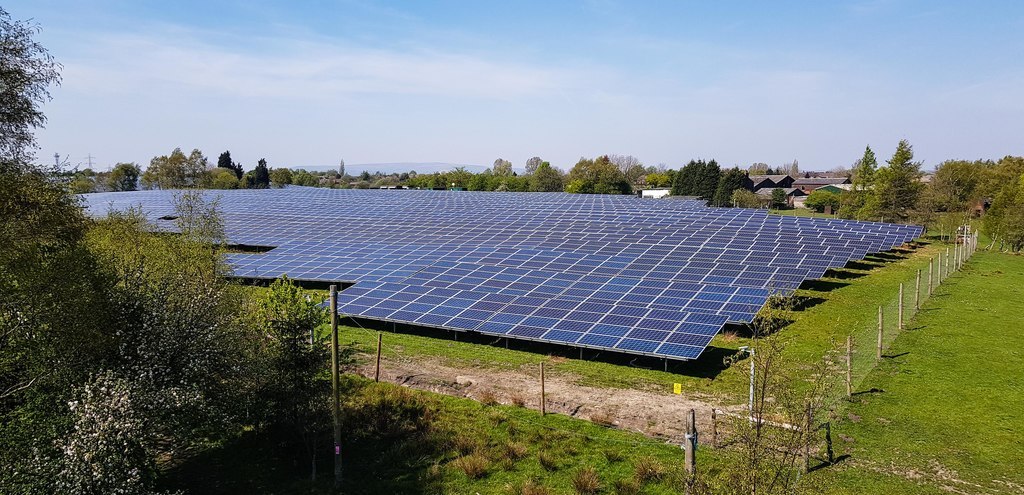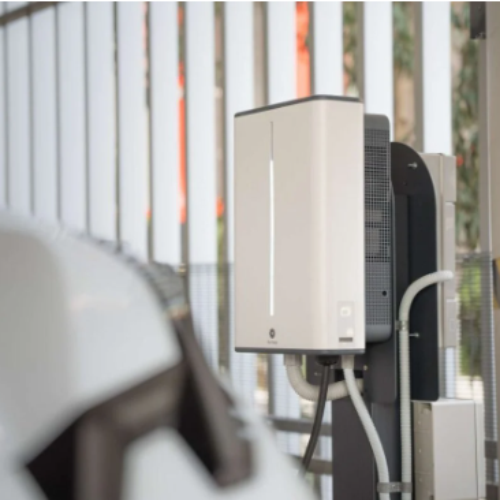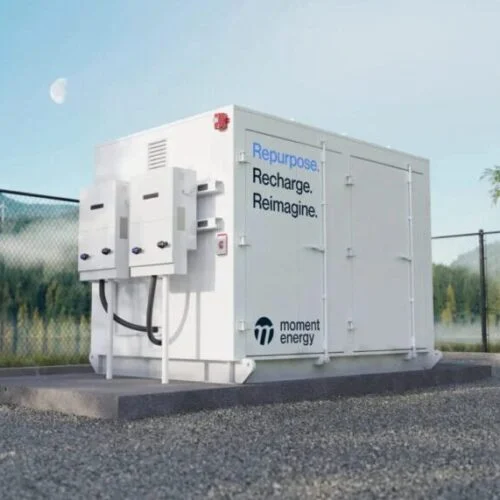It was another exceptional bank holiday weekend for Britain’s electricity network, with power prices hitting new record lows as carbon intensity dropped to its lowest point ever.
According to Drax Electric Insights, on Friday 22 May, the average day-ahead wholesale electricity price across the 24-hour period was -£9.92/MWh. Prices fell as low as -£52.03/MWh in the early hours of Friday morning.
This was more than twice as low as the previous record, which was set last December when day-ahead wholesale electricity prices hit -£4.62/MWh.
There was a second record set this weekend too, with carbon emissions from electricity reaching their lowest point. On Saturday 23 May, carbon intensity levels averaged just 61gCO2/kWh, a huge drop of 15g lower than the previous record set on the 17 August 2019.
On Twitter, National Grid ESO welcomed the news: “It’s official! The GB #electricity ⚡️ grid was the greenest 🍃it’s ever been on Sunday! A record low carbon intensity – the CO2 it takes to make one unit of electricity – of 46gCO2/kWh.”
Soaring levels of solar, along with strong wind generation, meant that on Sunday 24 May, the grid saw its lowest carbon moment ever, according to Drax Electric Insights, hitting 33gCO2/kWh.
In a presentation last week, National Grid ESO predicted that demand would drop to an all-time low over the weekend, particularly given the precedent set over recent bank holidays.
With demand low due to the COVID-19 lockdown combined with the bank holiday, National Grid had to turn to its Optional Downward Flexibility Management (ODFM) service to help balance the network. This is a new tool brought in by the operator that allows it to balance over generation without the need to turn off embedded generation without warning.
According to Kiwi Power, it was called on as part of the ODFM all three days of the bank holiday to help balance the grid.
Similarly, Chris Regan, head of Energy Trading Services at EDF Group Local Energy, took to LinkedIn to examine how “COVID-19 and ODFM has given a peek into the future”.
“On Saturday EDF helped balance the grid via Optional Downward Flexibility Management (ODFM) providing essential demand increases to help manage the excess power on the grid. EDF, as active participants in the ODFM market, offer assets to grid that either stop generating OR can absorb energy (like a battery). ODFM forms part of the complete flexibility offering that customers can access through EDF.”
With events like this becoming increasingly common due to the COVID-19 lockdown, the need for increased flexibility has seemingly never been clearer.
Aaron Lally, head trader at Kiwi Power, said that the long weekend gave a “glimpse of how the electricity grid has to look if National Grid are to hit its 2025 targets”.
“We utilised a battery storage site across various revenue streams including ODFM, the new National Grid service to manage low demand. The revenue we captured when annualised would see the full cost of asset repaid within 2-3 years. With the system operator pushing to make Saturday’s low carbon grid the norm, the business case for battery storage (driven by contracted markets) has never been more attractive.
“I struggle to see how first movers building storage now will not capture these massive returns over the next few years whilst most wait and struggle to make the merchant trading business model add up. The ESO has stated their aims and targeted 2025. We need 10GW of battery storage to make this happen and balance the market. Any less, the market is imbalanced and existing asset owners will be making profits that will make the original EFR contracts at £15+ per MW per hour look like peanuts.”
The cost of balancing the grid at the moment was thrown into light last week, with SSE Generation putting in a request to National Grid ESO to defer the additional Balancing Services Use of System (BSUoS) costs caused by COVID-19. These are estimated to be some £500 million, as demand trends around 20% lower than average while renewable generation has remained strong.
On Thursday, Ofgem confirmed that this proposed change to the BSUoS would be classed as urgent, after the Panel agreed unanimously that there would be a “significant commercial impact” if it were not. A final decision on whether or not the changes will be made and the payments deferred will now be made before the June BSUoS invoicing.
There has already been an urgent change approved by Ofgem to manage the impact of COVID-19, with a grid code modification brought in on 7 May. The clarified the operators ability to disconnect embedded generation in emergency events.
The utilisation of the Balancing Mechanism and the ODFM are just some of the ways in which National Grid ESO has worked to manage the low demand throughout this bank holiday weekend and the COVID-19 lockdown as a whole.
It announced a deal with EDF to reduce the output of its Sizewell B nuclear power station, which saw the operator take a different approach to the usual daily payments made via the Balancing Mechanism, signing a one off fixed contract to reduce the output instead.
But there are many who are highlighting the need for increased storage to help balance the grid in the future.
Juliet Davenport, chief executive of Good Energy said: “Over the past five years we have been increasingly frustrated with the government’s approach on the future of energy. The obsession with building more inflexible, expensive nuclear and the lack of foresight and diversity is staggering.
“The irony is that renewables have long faced the criticism that they provide too little power, so the thought that they might produce too much has not dawned on the naysayers. What this weekend’s low power prices teach us is the need for joined up thinking on policy for battery storage; this will accelerate the market appetite for investment and turn the current challenge into an opportunity.”






